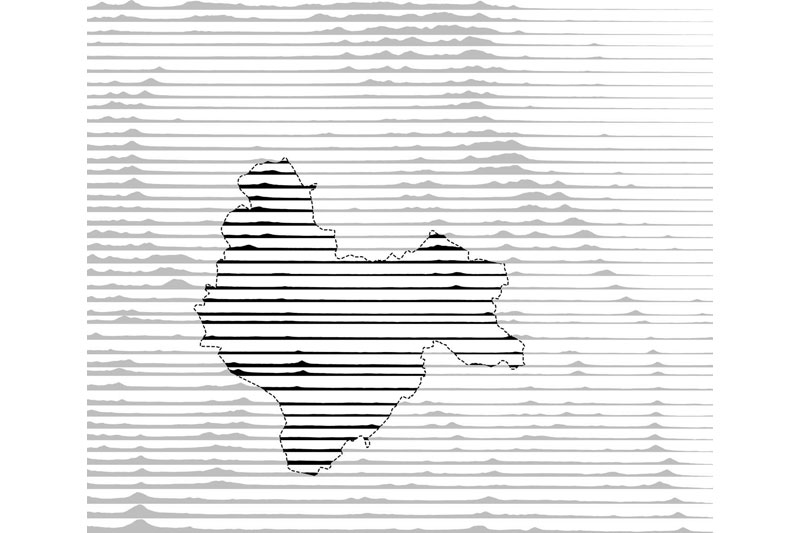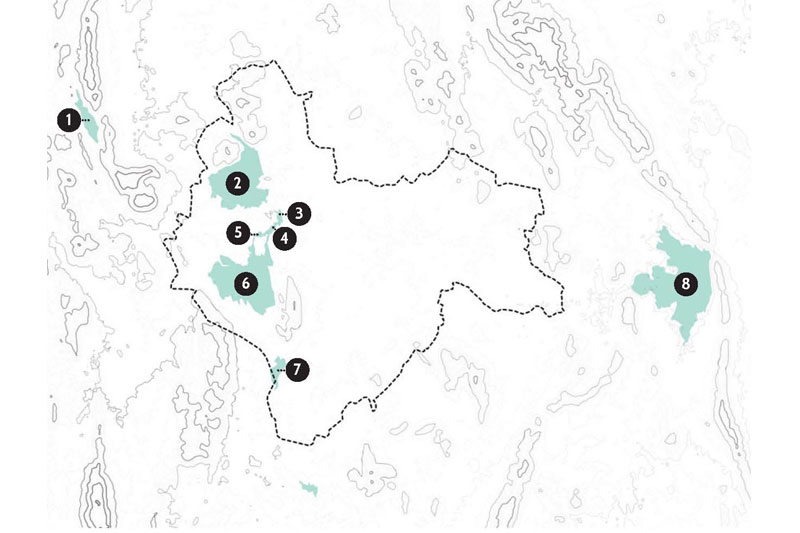Environment & Ecology
Land & Water | Udaipur: The city of Lakes | Rupal Rathore
LA 58 |
|
| Udaipur has long been self-sufficient in its water supply through its indigenous system of interconnected water bodies which lend it the title, 'City of Lakes'. The city's history and culture are enriched with this natural element that features in many of paintings and traditional practices. Thus, Architectural growth in the city today must be conscious of the importance of this water network and must not seek to impose on or modify it. Development must be respectful of heritage and not superior to it.
|
|
 |
|
The city of Udaipur is located in the southern end of Rajasthan, a fertile valley bounded by hills. Owing to the mountainous divide of the Aravalli ranges in the state, the region of Mewar, characterised by rocky hills, dense forests, elevated plateaus and alluvial plains, presents a geographical scenario almost opposite to the sandy, arid landscape of Marwar. While the south west monsoon winds, running parallel to the Aravallis, bypass this region causing very little rainfall, Southern Rajasthan captures low-velocity winds obstructed by hills, causing humid conditions. Mewar's unique topography is drained by two main rivers-Banas and the Berach, the floodplains of which have been home to ancient Ahar cultures dating back to the time of the Harappan civilization.
Udaipur's ancient synonymy with lakes began as early as 1568 when Rana Udai Singh decided to move his capital here, after Chittorgarh had succumbed to Akbar's forces. He strategically ordered the royal palace to be built on the east of the artificial embankment of Lake Pichhola, securely surrounded by scrub-forested hills. Negotiating the gradually sloping terrain of the region, the flow of water had to be checked at crucial points to provide for domestic and irrigational needs as well as create a recreational landscape for Rajput royalty. The southern tip of Lake Pichhola, with its depth varying from 4 to 8 meters, was secured with a stone masonry dam to ensure a perennial supply of water for the city's sustenance. The early settlement of Udaipur spread in the bowl-shaped basin fed by river Ayad, a tributary of Banas that ultimately drains into the Gulf of Kutch.
|
|


|
|

|
|
|
|
|